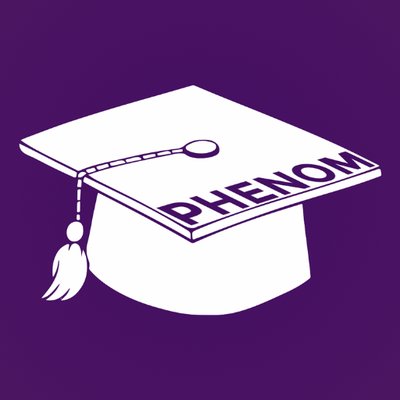The Tennessee Promise is both a scholarship and mentoring program. High school seniors receive a last-dollar scholarship, covering tuition and fees not already covered by the PELL Grant, the HOPE Scholarship, or other state student assistance funds. In order to remain in the program, Tennessee Promise recipients must complete eight hours of community service per term enrolled and maintain a 2.0 GPA at their institution. The program will begin in Fall 2015 and the Tennessee Legislature has appropriated $34 million per year from its lottery fund. They expect 25,000 students to apply and receive a mentor; however, state leaders expect less students to need the financial support under the Tennessee Promise.
The Oregon Promise will start in the 2016-17 academic year, offering high school seniors grants of at least $1,000 to cover the costs of attending community college, including textbooks. Like the Tennessee Promise, this is a last-dollar scholarship, covering costs not already offset by PELL Grants and already existing state financial aid. Eligible students need to enroll within six months of graduating high school and have at least a 2.5 GPA. Legislators set aside $10 million over the next year and expect up to 6,000 students to qualify for the program.
The Chicago Star Scholarship waives tuition, fees, and book costs at one of seven City Colleges of Chicago for Spring 2015 high school graduates with a high-school GPA of 3.0, scoring “completion ready” scores on ACT in both Math and English, and enter into of of CCC’s structured pathways. It is estimated that up to 3,000 high school graduates will qualify and the annual estimated cost of the scholarship is $2 million.
Georgia’s HOPE Scholarship “is funded entirely by the Georgia Lottery for Education, which also funds Georgia’s statewide prekindergarten program. Since the HOPE Program began in 1993, over $5.8 billion in HOPE funds have been awarded to more than 1.4 million students attending Georgia’s colleges, universities, and technical colleges.” There are a number of eligibility requirements including graduating with a 3.0 GPA, enrolling a a degree-seeking student at a HOPE-eligible public or private college or university, and beginning in May 2015, meet additional rigor requirements.
Oregon’s “Pay It Forward” Program would allow students to attend tuition-free and then pay 2% – 4% of their income for 20 years after graduating. The Oregon Higher Education Coordinating Commission voted to recommend a Pay It Forward pilot program to the 2015 Oregon Legislature which is now considering different funding mechanisms (state lottery or bonds) for a pilot program. The program would begin with 1,000 students and expand to at least 4,000.
Municipal Programs providing free college tuition exist in Pittsburgh, New Haven, Buffalo and several dozen other cities and counties.
Want to share the List? Here’s a PDF: 072715 Where Is Free College Becoming a Reality
